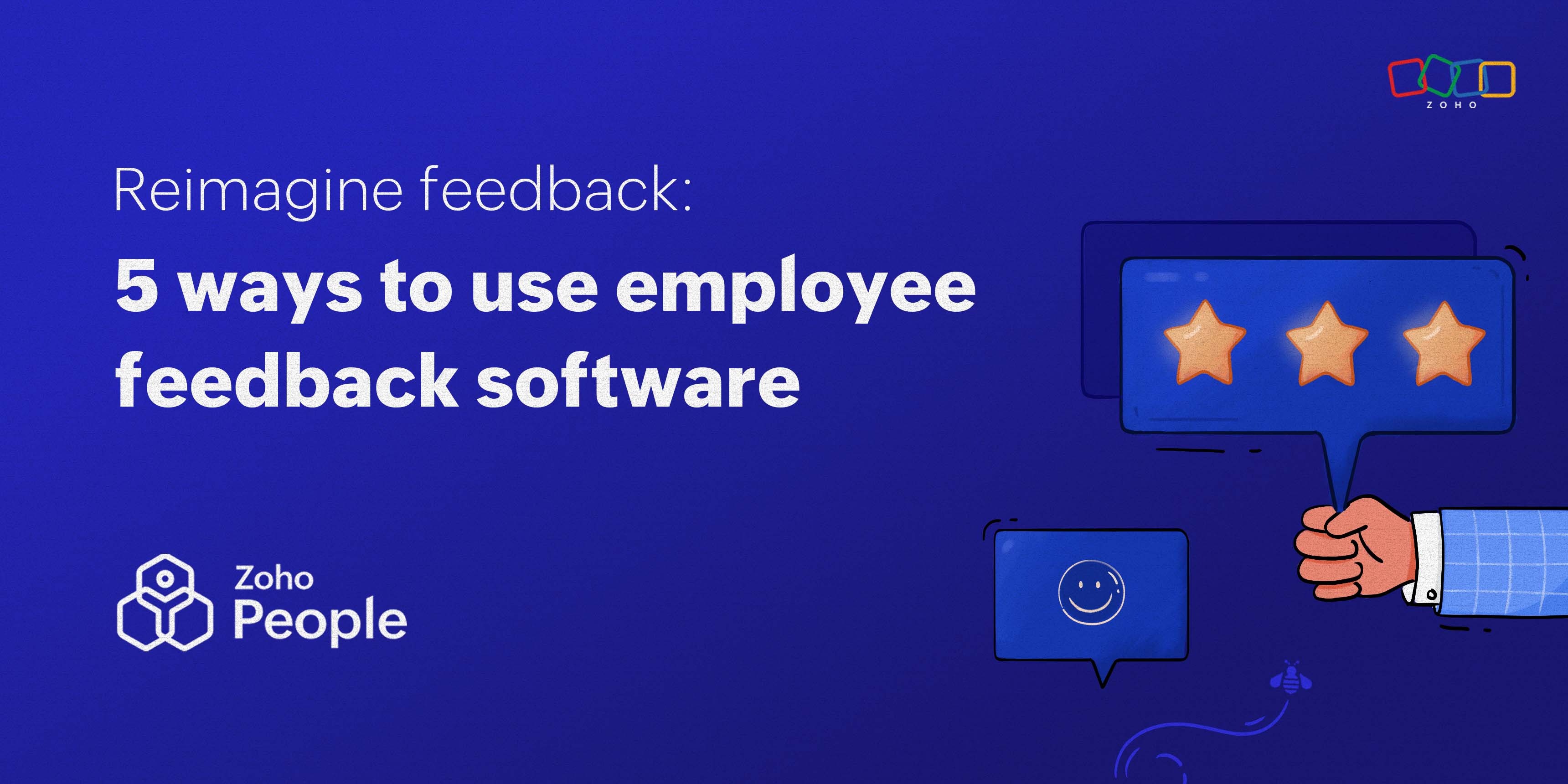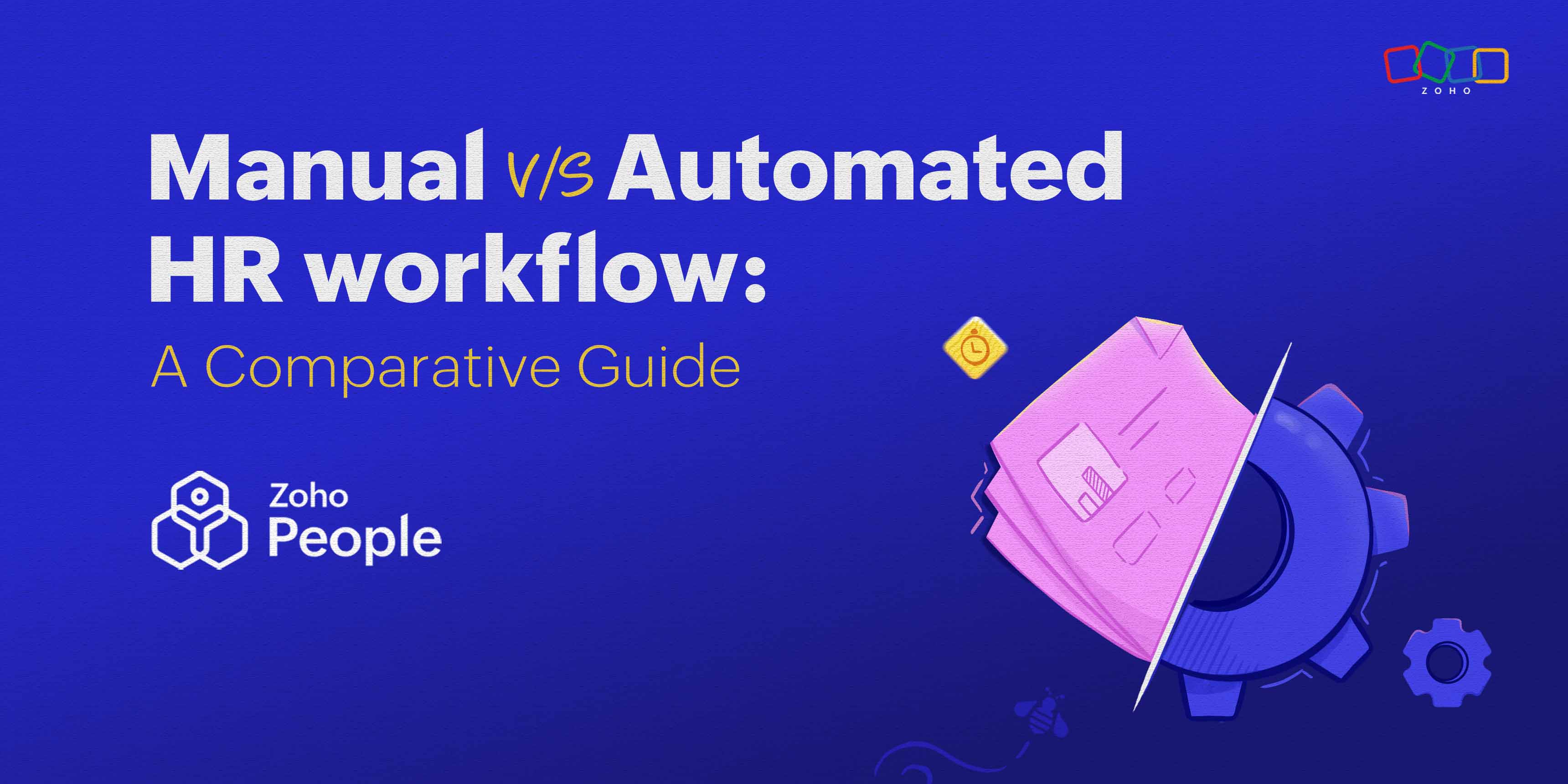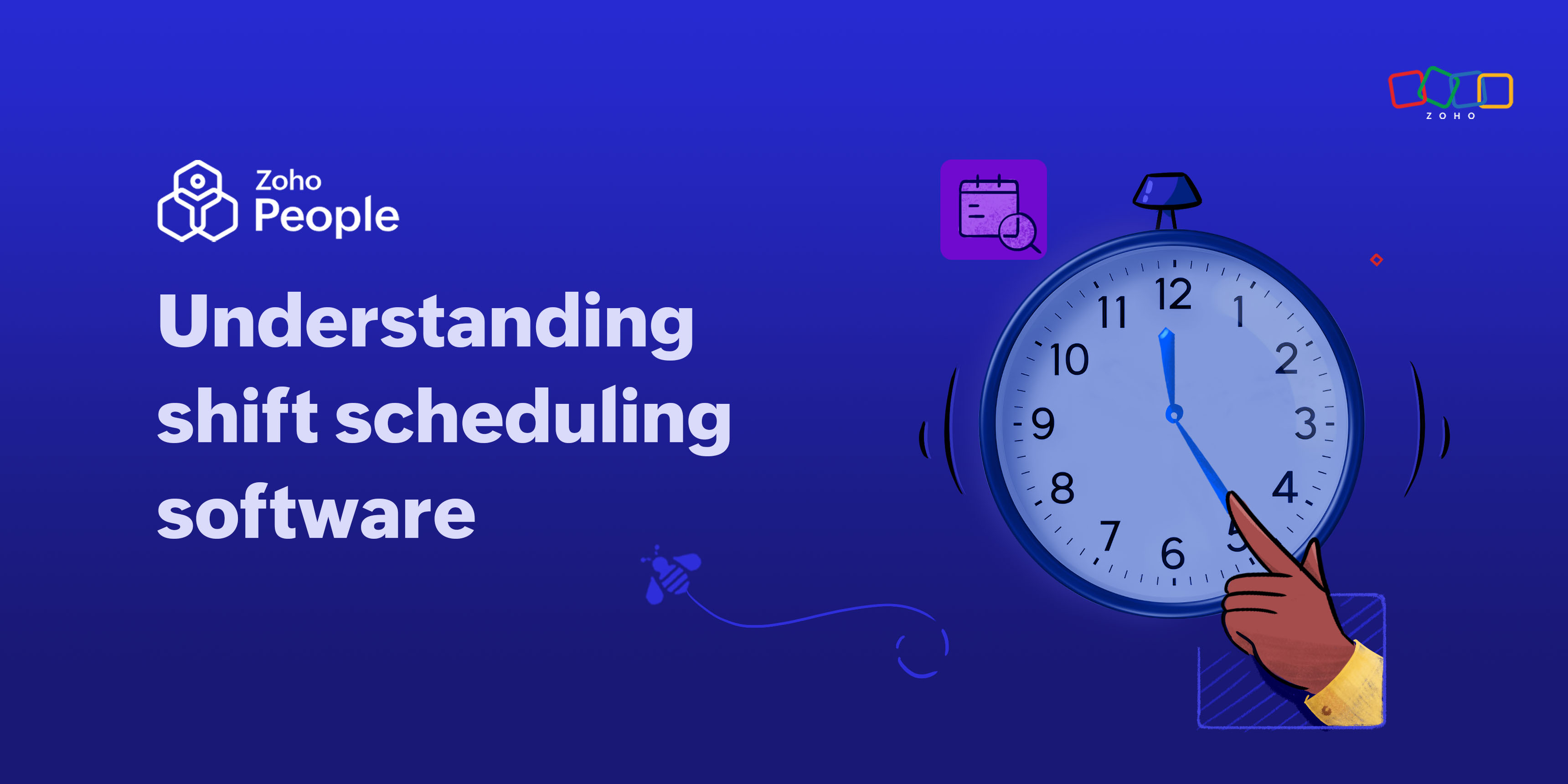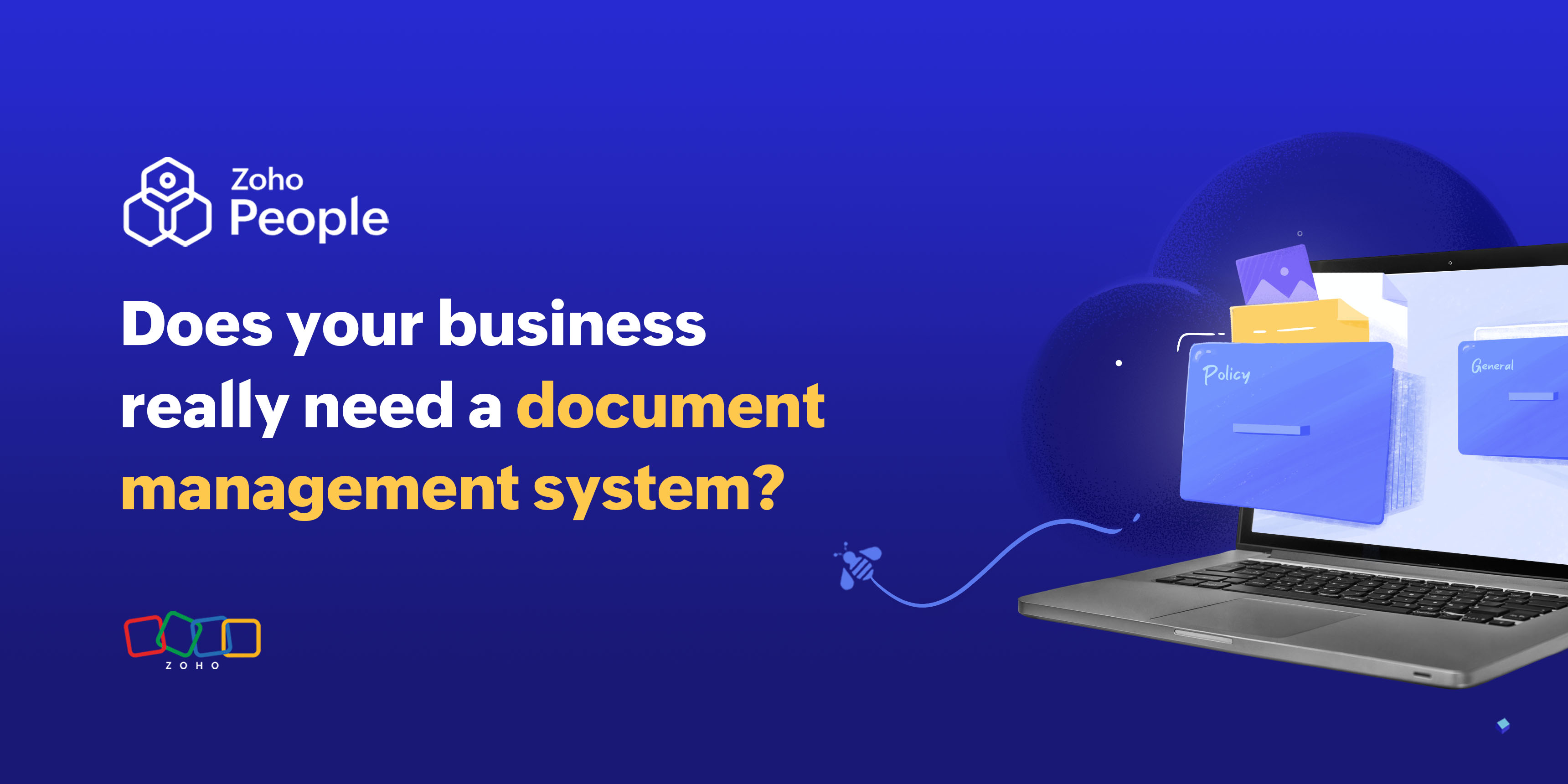- HOME
- More
- On Zoho People
- 5 ways to use your employee feedback software beyond annual performance reviews
5 ways to use your employee feedback software beyond annual performance reviews
- Last Updated : June 10, 2025
- 5 Views
- 3 Min Read

Gone are the days when organizations provided feedback to employees once a year. This practice delays growth conversations because it doesn't offer employees real-time feedback and ongoing support. Also, the recency bias associated with annual performance reviews can sometimes cause managers to focus on recent wins, overlooking progress made throughout the year.
Today's workforce craves continuous feedback, the kind that recognizes their hard work, highlights areas for improvement, and offers actionable insights to keep growing. This is where employee feedback software truly shines. It has helped organizations build an open dialogue with their employees, foster trust, and align individual performance with broader goals.

In this post, we're breaking down five impactful ways to use employee feedback software beyond performance reviews so that employees feel informed, included, and respected every step of the way:
Pulse surveys
Running pulse surveys is a wonderful way to regularly check in with employees, identify how they're feeling, and gauge their engagement, morale, and stress levels. Because pulse surveys are often short, employees tend to complete them quickly without feeling overwhelmed.
Consider sending out these quick surveys weekly with questions like:
“How would you rate your overall mood at work this week?”
“How satisfied are you with your work this week?”
“What could we do to improve your experience at work?”
The data collected from these surveys can help HR teams and managers identify employee concerns and make faster, smarter decisions to improve the overall employee experience.
2. Onboarding feedback
Since onboarding is one of the very first touchpoints between an employee and their organization, it has to be effective. Running onboarding feedback surveys regularly is a surefire way to keep the entire process smooth and people-friendly. Gathering feedback from new hires not only helps identify what’s working and what’s not—it also makes them feel heard and valued right from the start.
Onboarding surveys can be run at the end of the first week and the first month. Some of the questions that you can include in your onboarding survey are:
"How would you rate your overall onboarding experience?"
"Was the information presented to you clear and helpful?"
"Do you have a clear understanding of your roles and responsibilities?"
Analyzing the responses can help you get your new hires up to speed more quickly.
3. Training feedback
Organizing training and development programs is a great way to help employees hit their career milestones—but how do you know if your programs are successful? This is where training feedback comes in. Training feedback surveys help you understand what's working, what's not, and how to make quick improvements for added value. For instance, even if your training program is well-structured, employees may find the training content disengaging. Getting their feedback immediately can help you refine your training.
When employees voice their suggestions, they'll also see your intention to build a culture of continuous learning. Some of the questions in the survey can include:
"Did the training topics align with your current role and responsibilities?"
"Was the content engaging and easy to understand?"
"Were the instructors friendly and open to feedback?"
"What would you like to change about our training programs?"
4. Manager and team feedback
Collecting employee feedback about managers and teams ensures the entire team understands their strengths and weaknesses. It encourages better team collaboration, mutual learning, and improved leadership. It also reiterates that feedback isn't just top-down, but rather a two-way street that helps everyone improve.
The following are some sample questions that'll help you get the intended impact:
"Does your manager provide a clear picture of what is expected of you?"
"Are they approachable when you need input or support?"
"How well does your team work together?"
5. Exit surveys
Feedback from departing employees through employee exit survey can help your organization improve its retention strategies. The responses aid in identifying issues with your employee management strategies, organizational culture, leadership, and more.
Here are some questions you can consider including in your exit survey:
"What is the reason behind your resignation?"
"What is something you think we should have improved in our management strategies?"
"What aspects do you like and dislike about our company culture?"
When used correctly, exit surveys can help build a great workplace for your current and future employees.
Wrapping up
Employee feedback survey software has evolved into an intuitive tool that empowers organizations to listen, learn, and lead with the intention to improve employee experience. By using it for everything from pulse checks to onboarding, training, team development, and even exit conversations, you can build a workplace that upholds openness, trust, and continuous growth.
 Tarika
TarikaContent Specialist at Zoho People


